Peace is one of the most important things about Guinea-Bissau. The West African country is one of the countries where crime is minimal. However, the country is one of the most impoverished nations on the continent.
Guinea-Bissau is a tropical country on West Africa’s Atlantic coast that’s known for national parks and wildlife. The forested, sparsely populated Bissagos archipelago is a protected biosphere reserve.
Moreover, Its Bubaque which is on the main island forms part of the Orango Islands National Park, a habitat for saltwater hippos. On the mainland, the capital, Bissau, is a port with Portuguese colonial buildings in its old city center.
Furthermore, it has an area of about 36,125 square kilometers and a population of over 2 million people.
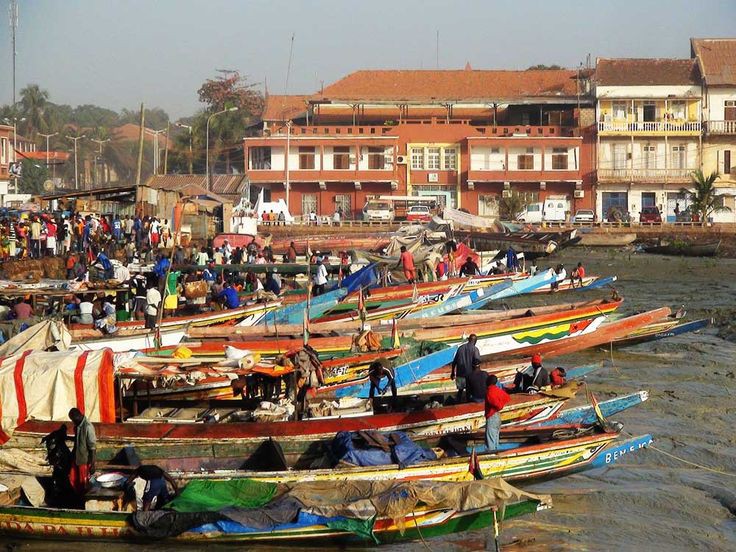
Here Are 15 Important Things About Guinea-Bissau;
Portuguese Is Its Official Language
The official language of Guinea-Bissau is Portuguese. As at 2009 census, Portuguese is spoken by 32.1% of the population. It is the language for education, literacy production, the written press, government, and administration in the country.
However, the local language spoken by 90.4% of the population according to the same census is the Creole language. The Creole language is spoken in Portugal which is officially called Guinea-Bissau Creole. Colloquially, it is called Crioulo or Kiriol.
In addition, several indigenous African languages are spoken by about half of the population, especially in rural settings.
Gabu
Gabu is the largest town in eastern Guinea-Bissau. It is the capital of the Gabu region. Under the name Kansala, it was the capital of Kaabu.
Kaabu was founded by Mandinka immigrants from the Mali Empire in the 13th century and started as a vassal to the Mali Empire. It was established by Mansa Sala Sane to replace the old, less centrally located Bainuk capital of Mamapatim. Moreover, the city was the site of a sacred groove where the Mansaba of Kaabu was crowned.
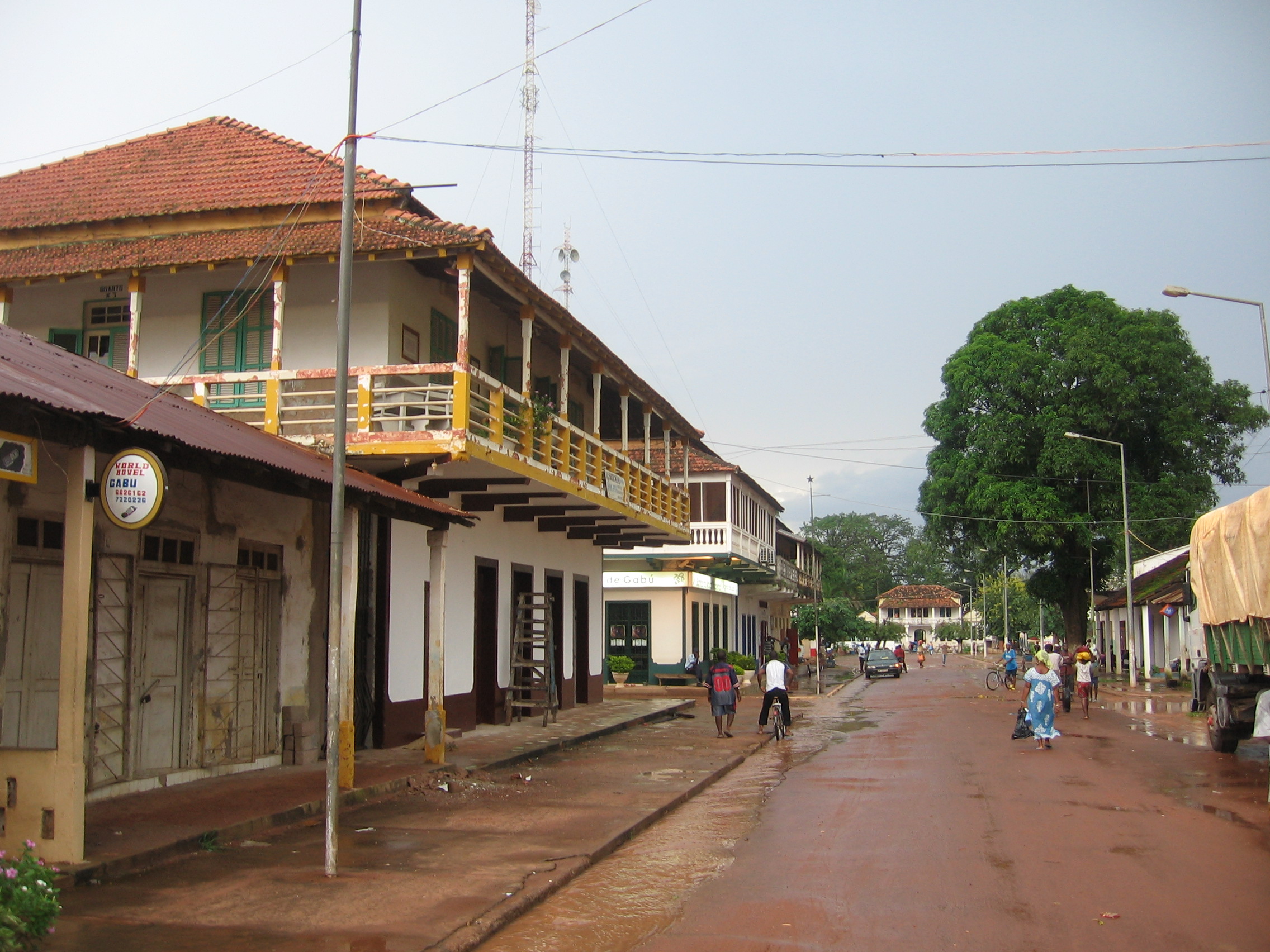
As the Mali Empire waned, Sama Koli proclaimed independence in 1537 but maintained many of the Malian cultural heritage. The kingdom built earthen ramparts (now vanished) around Kansala around Kansala and established trade relations with the Portuguese on the coast.
In the early 19th century, the Fula ethnic group changed to Islam and began the Kansala war to end Mandé dominance. As a result, there was high rate of damage and casualties on both sides. Gabu thereafter became linked with the immate of Futa Jallon and was finally assimilated into the Portuguese Empire.
In addition, the Portuguese named the town “Nova Lamego” i.e., “New Lamego”, after the Douro town of Lamengo. It was renamed Gabu (sometimes spelled Cabu) after Guinea-Bissau’s independence.
Gumbe
Gumbe is the authentic traditional music of Guinea-Bissau. It is a unique style of music comprising polyrhythmic motifs between vocals and percussions. The primary instruments are Gumbe drums, kulute ( a traditional flute), and kola (calabash).
Traditionally, men beat the drum while women dance. The influence of gumbe can be traced as far as the Caribbean. Popular games include goomban (Bahamas) and souce (caribean). They were exported to these lands through slavery from the wider land of Guinea.
Furthermore, Gumbe’s music is vibrant and captivating music. Various live performance artists play it in clubs within the country.
War Of Independence
The Guinea-Bissau War of Independence was an armed independence conflict that took place in Portuguese Guinea from 1913 to 1974. The war was fought between Portugal and the African Party for the Independence of Guinea and Cape Verde (PAIGC). PAIGC is an armed independence movement backed by Cuba, the Soviet Union, and Yugoslavia.
The war is commonly referred to as “Portugal’s Vietnam” because it was a protracted guerrilla war, which created significant internal political turmoil in Portugal.
However, the assassination of PAIGC leader, Amilar Cabral brought the conflict to a halt. The Portuguese forces were largely confined to major cities and fortified bases across the country. But were patently unable to dislodge PAIGC from the liberated zones.
In 1973, the PAIGC-dominated People’s National Assembly unilaterally declared the independence of a new republic of Guinea-Bissau. The declarative was recognized by several foreign countries.
As a result, the new Portuguese government agreed to grant independence to Guinea-Bissau in September 1974, and to Cape Verde a year later. Therefore, PAIGC became the first sub-Saharan African liberation movement to achieve independence.
Embaloism
Umaro Mokhtar Sissoco Embaló is the current president of Guinea-Bissau. He assumed office in 2020. He is a political scientist and a military officer who was a Prime Minister from 2016 to 2018.
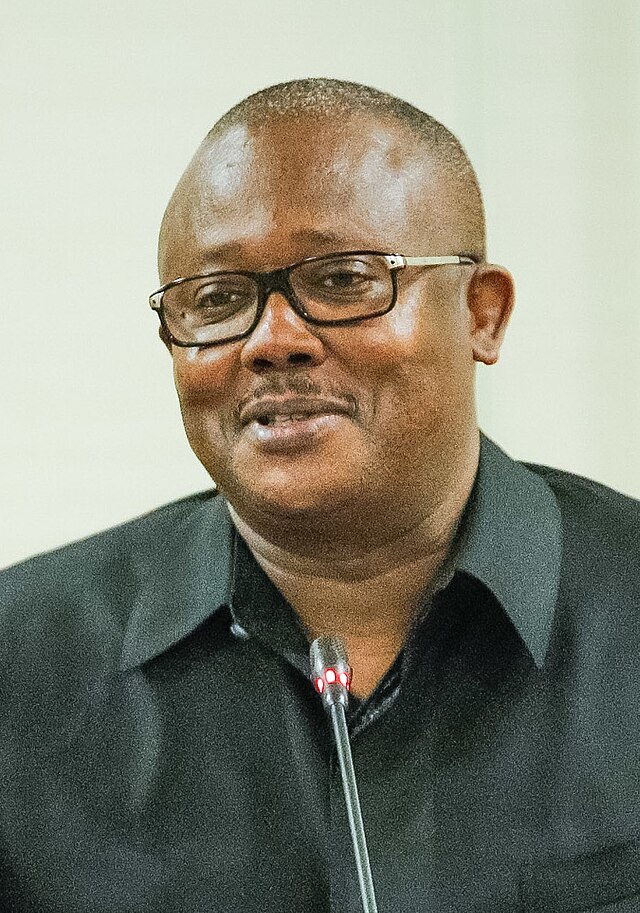
Sissoco Embaló has always stated that his governing style is “Embaloism”, which he defines as order, discipline, and development. As part of an anti-corruption drive, he ordered the installation of CCTV surveillance cameras across the country.
In addition, his presidency saw the retreat of ECOWAS troops stationed in the country after the 2012 coup. His first official visit as Head of State was a multi-country tour of Senegal, Niger, and Nigeria in March 2020.
However in May 2022, Embaló dissolved Guinea-Bissau’s Parliament. This was as a result of the unressolvable differences between them.
He also visited Jerusalem on the 3rd of May, 2024, and showed his support for Israel in the ongoing Isreal-Hamas War.
Bissau
Bissau is the capital city and largest city of Guinea-Bissau. As of 2015, it had a population of over 495,004. It is located on the Geba River estuary of the Atlantic Ocean. Bissau is the administrative military center of the country.

Furthermore, Bissau has many attractive centers such as the Portuguese-built Fortaleza de São José Amura barracks from the 18th century. It also houses Amilcar Cabral’s mausoleum, the Pidjiguiti Memorial to the dockers killed in the Bissau Dockers’ Strike on the 3rd of August, 1959. The Guinea-Bissau National Arts Institute, Bissau New Stadium, and the local beaches are also located in the capital.
In addition, Ramada is an important celebration in Guinea-Bissau because of the large population of Muslims in the country
Geba River
The Geba River is one of the popular rivers in West Africa. It rises in the northernmost area of Guinea in the Fouta Djallon highlands. The river passes through southern Senegal and reaches the Atlantic Ocean in Guinea-Bissau. Geba River is about 550 kilometers.
Moreover, the Colufe River joins the Geba at Bafaté. After passing by Geba town and Bambandinca, the river broadens into a wide estuary below Xime (where it meets the Corubal River). Furthermore, the Geba River has a total width of about 15 kilometers at Bissau. Its estuary widens further as the river flows into the Atlantic, forming the Bissagos Islands archipelago.
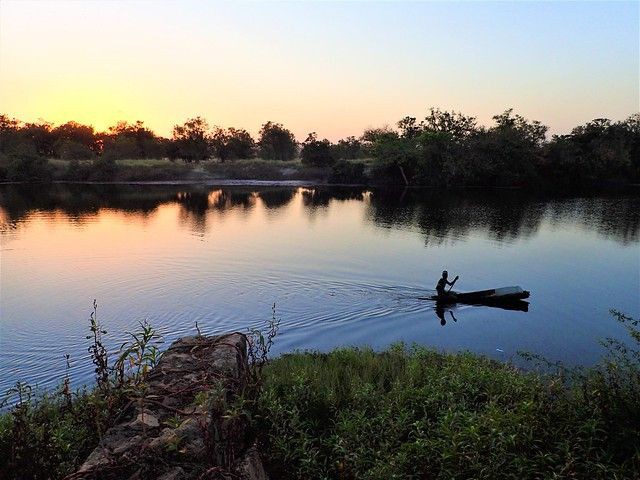
Along with the Corubal River, it drains the Bafatá Plateau. It also drains the Farim River (also referred to as the Cacheu River), and their tributaries.
It has been an important trade route that is accessible to 2000-ton ships.
Bissagos Islands
The Bissagos Islands are a group of about 88 Islands and Islets situated in the Atlantic Ocean off the coast of Guinea-Bissau. The Bissagos Islands have an area of 12,958 kilometres square.
20 of its Islands are always populated, including the most populated Island, Bubaque, where the administrative capital is situated.
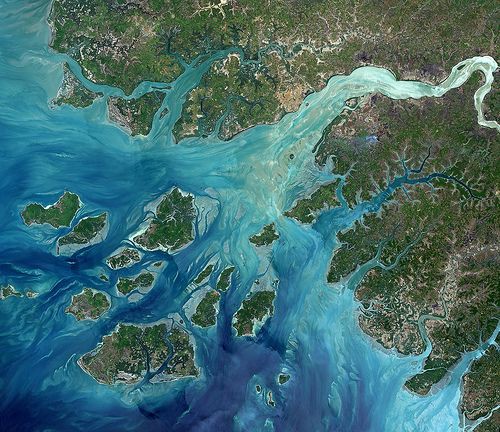
The Bissagos Islands have a high diversity of ecosystems. From the Mangroves with intertidal zones to the palm forests to the dry and semi-dry forests, etc.
Bafatá
Bafatá is a town in the Central Guinea of Guinea-Bissau. It is also the birthplace of Amilcar Cabral. Bafatá is populated with over 22,000 people. It is the capital of the Bafatá region as well as the seat of the Roman Catholic Diocese of Bafatá, which was established in March 2001.
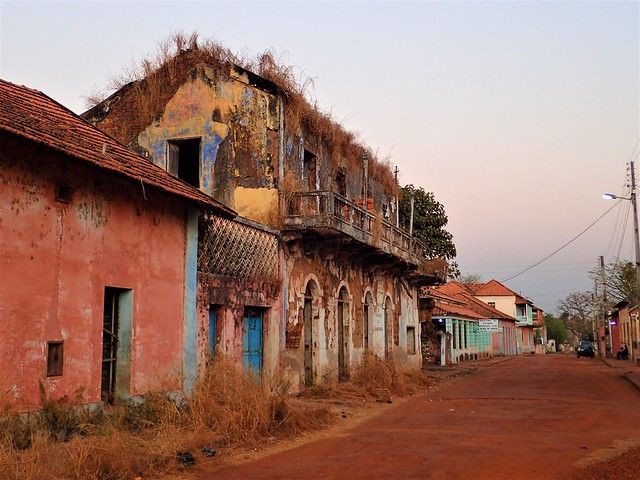
In addition, Bafatá is noted for its brickmaking. It was a trading center for the Portuguese, including peanuts, cattle, hides, textiles, and salt. The town is served by Bafatá Airport, a regional hospital, and an airstrip. It also has a popular hotel, the Bafatá Apartamento Imel. And the restaurant, Ponto de Encontro serves Portuguese cuisine. The surrounding forests are rooted for their monkey and antelope population, and Maimamma Cape, owned by a Cape Verdean.
Cacheu
Cacheu was one of the earliest European colonial settlements in sub-Saharan Africa, due to its strategic location on the Cacheu River. As a result, Cacheu developed an Afro-European population from the late 16th century through informal settlements of Cape Verdian and Portuguese traders and adventurers.
In 1567, the English Slaver John Hawkins raided the settlement. This led to a period of social conflict with their hosts the Papels. In 1589, the traders sought and got permission from the king of Cacheu to build a fort. They then abandoned the town and moved en masse into the new stockade in 1591 to avoid the control of the local government.
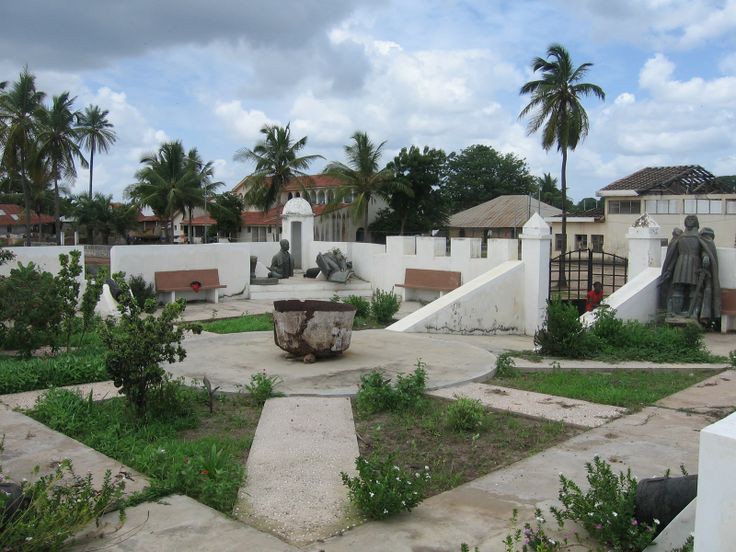
Cacheu today has roads paved with oil palm kernels. Notable buildings in Cacheu include the Portuguese-built 16th century, right from the time it became a center for the slave trade. Moreover, other attractions in the town include the Cacheu River, the Mangroves Natural Parl, and a regular market. This market serves the surrounding areas which export rice, coconut, and, palm oil.
Guinea-Bissauan Cuisine
Bissau-Guinean cuisine is the food culture of the West African country. Rice is a staple in the residents near the coast while millet is the staple food in the interior. However much of the rice is imported and food insecurity is a problem in large parts of the country due to coups, corruption, and inflation.
Cashews are majorly grown for export. Coconut, palm nut, and olives are also grown. In Guinea-Bissau, Fish, fruits, and vegetables are commonly eaten along with cereal grains and milk. The Portuguese encouraged peanut production.
Common dishes include soups and stews, with ingredients such as yams, sweet potato, cassava, onions, tomato, and plantain. Peppers, spices, and chili are used in cooking, including Aframomum melegueta seeds (Guinea pepper).
Sporting Club Bissau
Football is the major sport in Guinea-Bissau. The Sporting Club Bissau is the most popular football club in the country. It was established on the 30th of January, 1936 in Bissau.
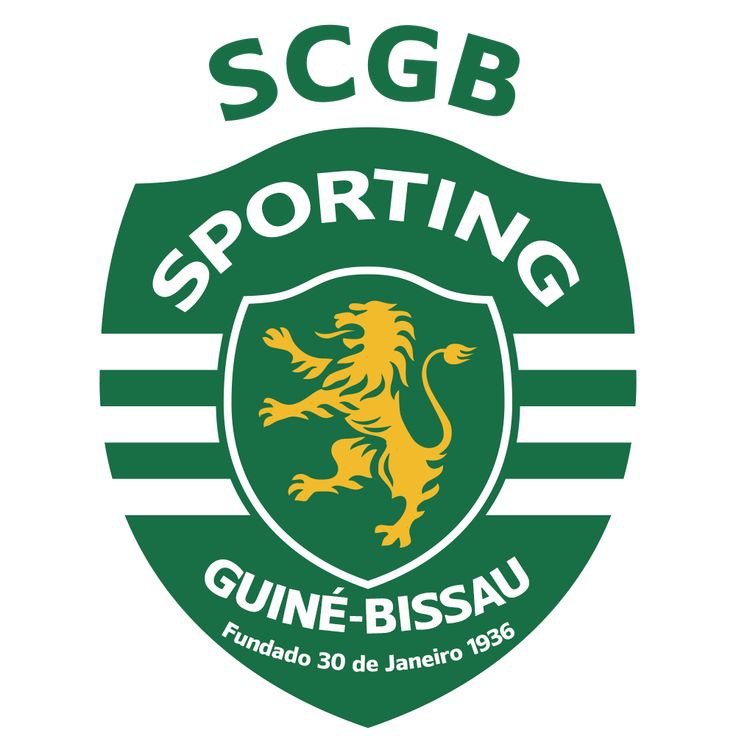
It is the most successful club in Guinea-Bissau with a fanatic following across the country. Its arch rival is SB Benfica. SB Benfica also has a fanatic following. The match between the two clubs is the biggest derby in Bissau. The derby is feverishly branded “Derby Eterno de Bissau”. SC Bissau has participated in almost a dozen major continental appearances.
Ghana’s Flag Inspiration
After Ghana gained freedom in 1957, its first President, Kwame Nkrumah started an ambitious project of helping other African countries get independence as part of his ‘United States of Africa’ dream.
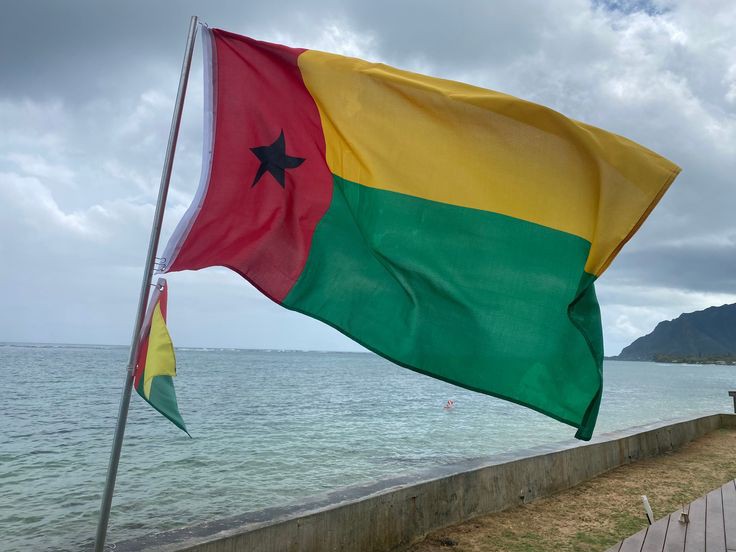
Guinea-Bissau’s independence struggle got a lot of morale and support from Kwame’s Ghana. This inspiration is evidenced by the colors of Bissau’s flag. As a result, there is a striking resemblance in the national flags of Ghana and Guinea-Bissau. Same color, and same star, only the arrangement of stripes is different.
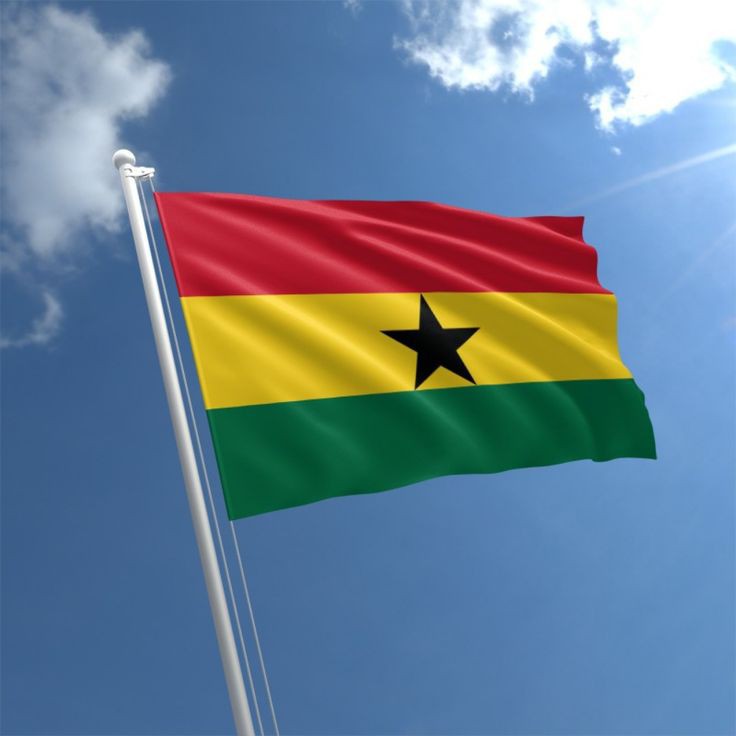
The Archipel de Bolama
Bolama is part of 88 Bissago’s Islands and the closest to the mainland. It has the UNESCO MAB Biosphere Reserves. Moreover, this contains various batts that reside in abandoned ruins of the old capital established by the Portuguese. Hippopotamuses, bottle-nose dolphins, African manatees, green turtles, and Nile crocodiles are also in this reserve.

Forests, Swampy Coast, grasslands
Most of Guinea-Bissau’s coastal lands have mangrove trees in abundance and are swampy. These mangrove trees make an important habitat for various species of animals and birds
Furthermore, they are also a rich feeding ground for different types of fish. Over 70% of Guinea-Bissau is forested, with primary forest having most of it.
As a result, this protects rich biodiversity that provides habitat to over a thousand plant species, 108 animal species, and 459 bird species. However, large-scale rice fields, logging, coal mining, and fuel wood harvesting affect these various species.
Conclusion
Guinea-Bissau is a country that is diversely rich in culture and has an interesting political hhistory. It is one of the attractive countries for tourism in the West African region.









